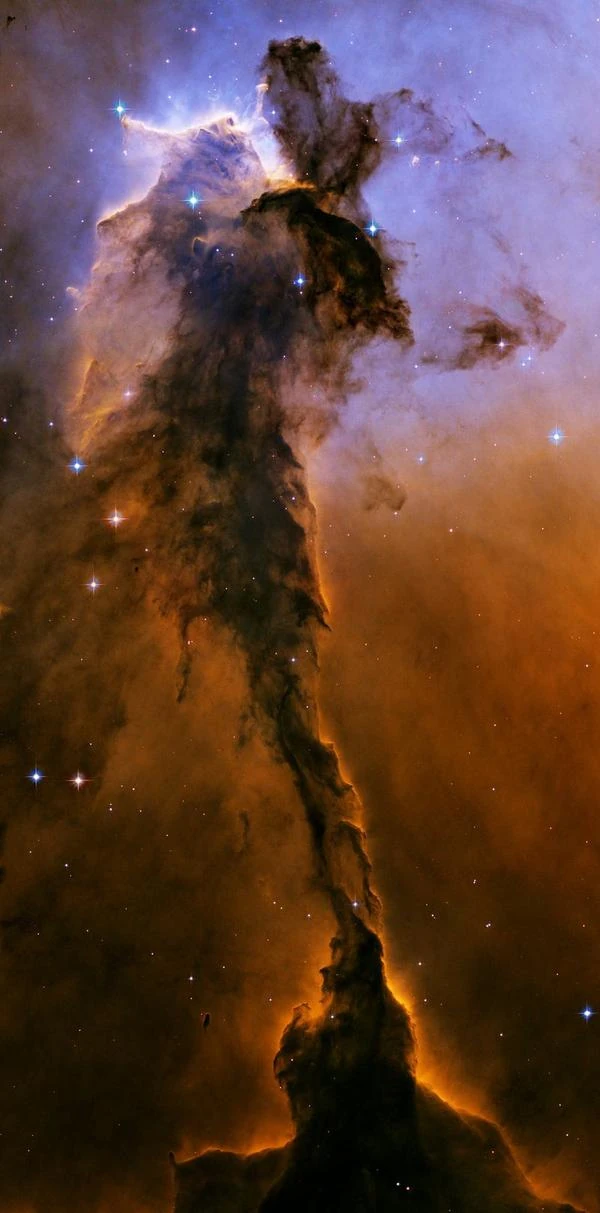
Image description: A nebula illuminated by intense stellar winds emanating from a massive star. Light and energetic particle flows sculpt and disperse interstellar dust clouds. Image source: astronoo.com
Stellar winds consist of streams of charged particles (electrons, protons, atomic nuclei) and photons emitted by stars. They exert radiation pressure on interstellar dust and surrounding gases.
This radiation pressure results from the interaction between photons and dust grains, which absorb and reemit luminous energy, generating an outward-directed force. The more massive and hotter the star, the more pronounced the effect.
Starlight exerts pressure on dust through two mechanisms:
Stellar winds shape the appearance of nebulae and influence the evolution of forming planetary systems. They disperse gas and dust, either promoting or inhibiting the formation of stars and planets.
In massive stars, stellar winds are so powerful that they can erode the star’s outer envelopes, affecting its lifespan and evolution toward a supernova.
The Eagle Nebula, located about 7,000 light-years away in the Serpens constellation, is a striking example of the action of stellar winds on cosmic dust.
Its famous "Pillars of Creation" are columns of gas and dust eroded by the intense radiation from nearby young massive stars. Stellar winds sculpt these structures by gradually evaporating the material, revealing regions conducive to the formation of new stars.